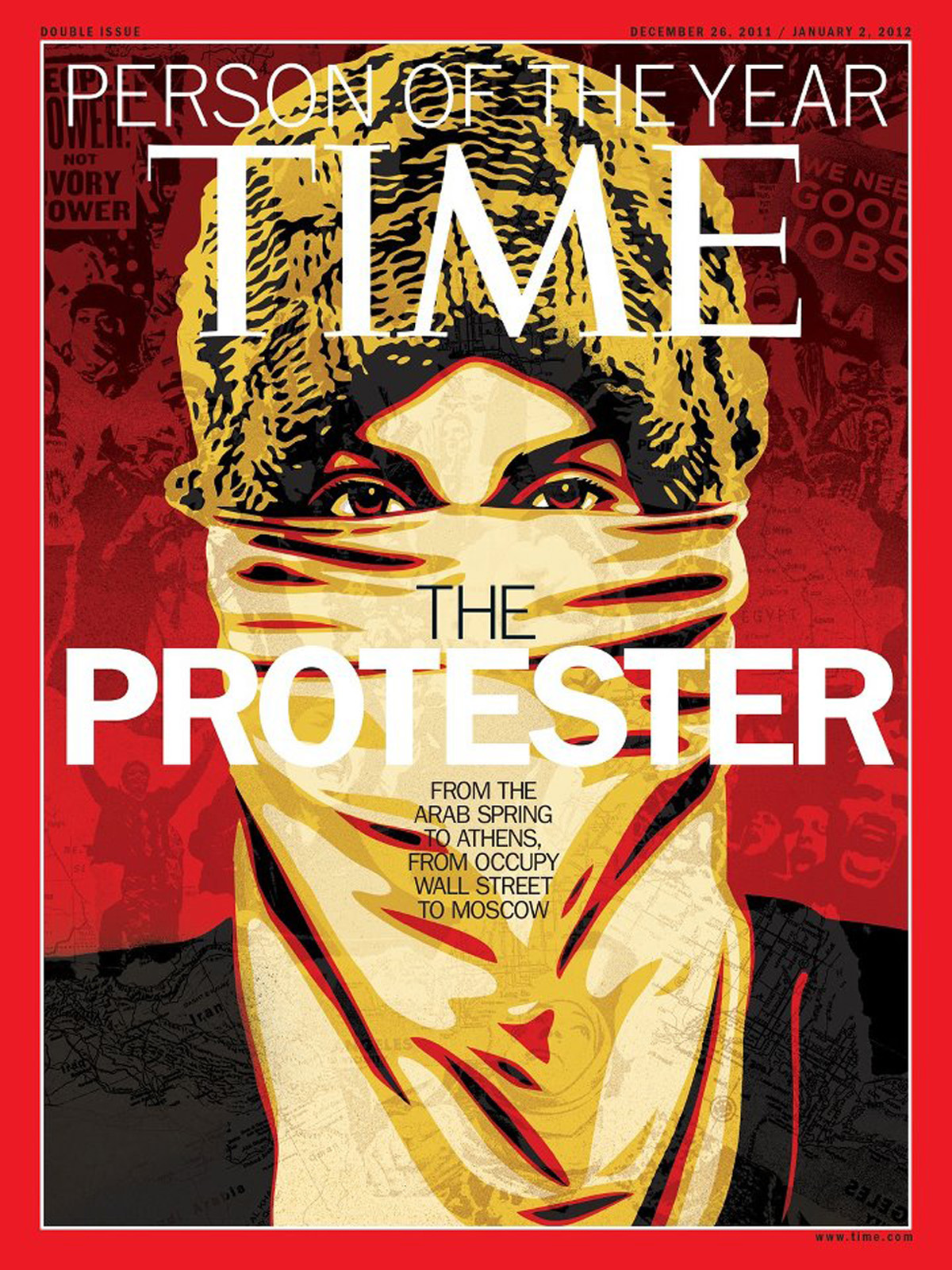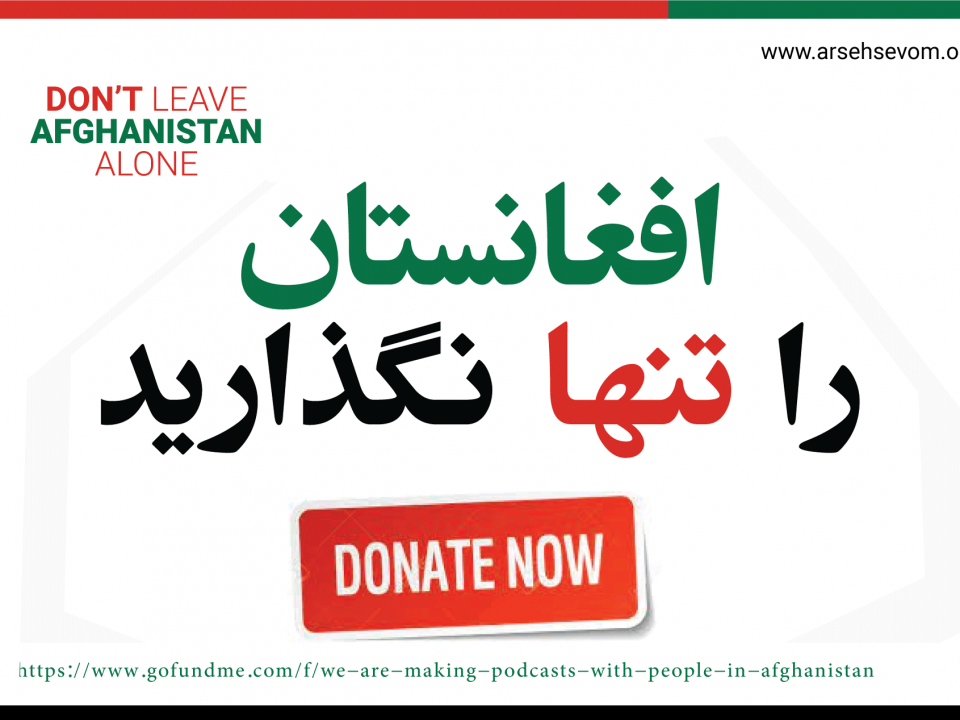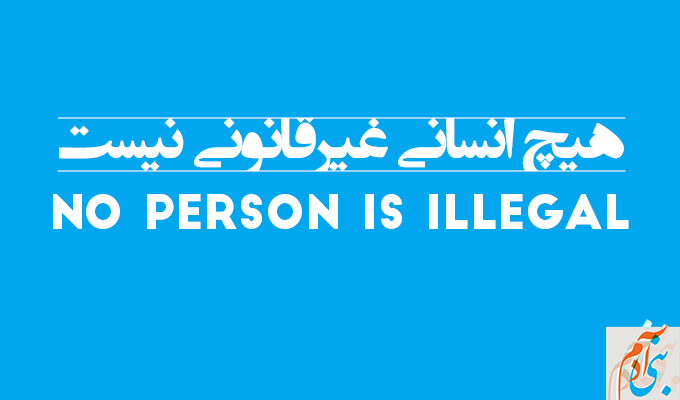
Marking World AIDS Day
December 1, 2011
The Protester, Time’s 2011 Person of the Year
December 15, 2011Arseh Sevom — Arseh Sevom spoke with South African activist Jasmin Nordien about her experiences working in civil society organizations in South Africa. In a post published in the Civil Society Zine, we focus on her experiences throughout the 1990s, when she worked with the Network of Independent Monitors (NIM) reporting on state violence and supporting individuals and grassroots organizations. Jasmin shares some of the lessons she learned about the importance of creating networked organizations, the differences between leadership and management, and the need for clarity of purpose. Jasmin tells us, “…I no longer wanted to monitor the society I did not want to live in. I wanted to build the kind of society that my children and grandchildren would group up in.”
Jasmin’s Advice:
Second tier leadership: It is important to actively build second tier leadership within organizations. In our organization, the director worked with a small management team which was responsible for leadership and management. Actively building second tier leadership ensures the continuation of the organization. This was particularly true in South Africa where many leaders from civil society organisations became part of the new government after regime change. Organizations that built second tier leadership could continue. Those that did not were in disarray.
Sound financial and administrative systems: It’s crucial for organizations to have good and sound financial and administration systems. When these are not in place it leaves space for abuse and corruption. It’s also important for funders who need access to narrative and financial reports.
Be clear on who you are accountable to as an organization: Who are our constituents and whose interests are we as an organization serving? The constituents or donor organisations? Then align the needs of the organization, constituents, and donors. This prevents you from putting yourself in a situation when you are in conflict with the donor’s needs and interests, and the needs and interests of your constituents.
Staff development and mentorship: Organizations need to engage in staff development. An organization is only as good as the staff working for it. Organizations really have to invest in this. It doesn’t have to be expensive. It can be both formal and informal. Create opportunities for staff to expand their world view, to see other possibilities is important because they will bring that back to their organization and society. This can happen through training and staff exchanges etc.
Deal with conflict in the organization and amongst staff: What I found important was that there need to be clear spaces allocated where individuals could come together to deal with issues of conflict. Those spaces were either formal or informal. In our organization we had something called ‘open space or free land’. This was the final point on the agenda of the weekly/monthly staff meeting. At the end of every meeting, we created a space people to deal with conflict and to bring in issues that were not being addressed elsewhere.
Support networks for female leaders: One of the support initiatives that I thought was excellent, even though I was not a part of it, was having a monthly support meeting for female directors or leaders in theprovince. There was very little support for women in leadership positions. Women leaders were invited to join and became part of monthly conversations focused on about what it meant to be a woman leader. This space for women leaders is much needed in a highly patriarchal society.
Read the complete post here.





